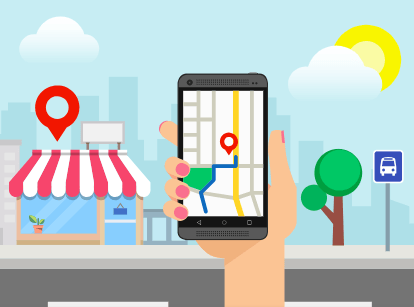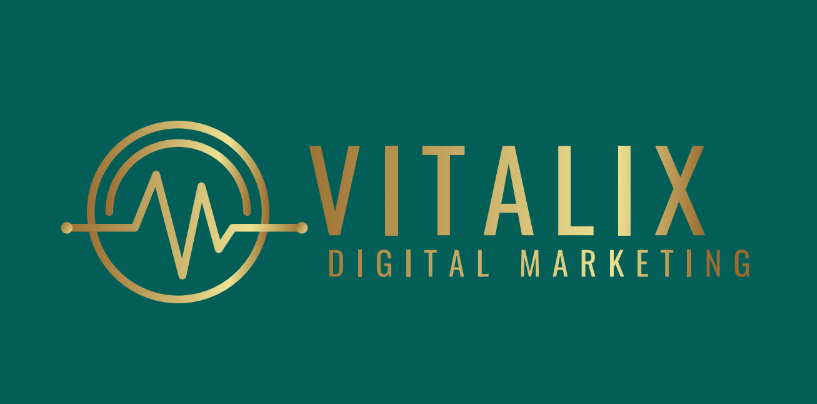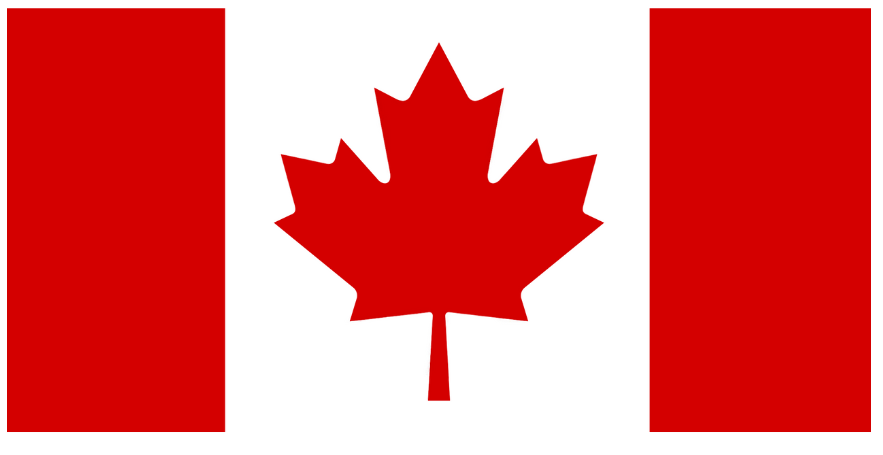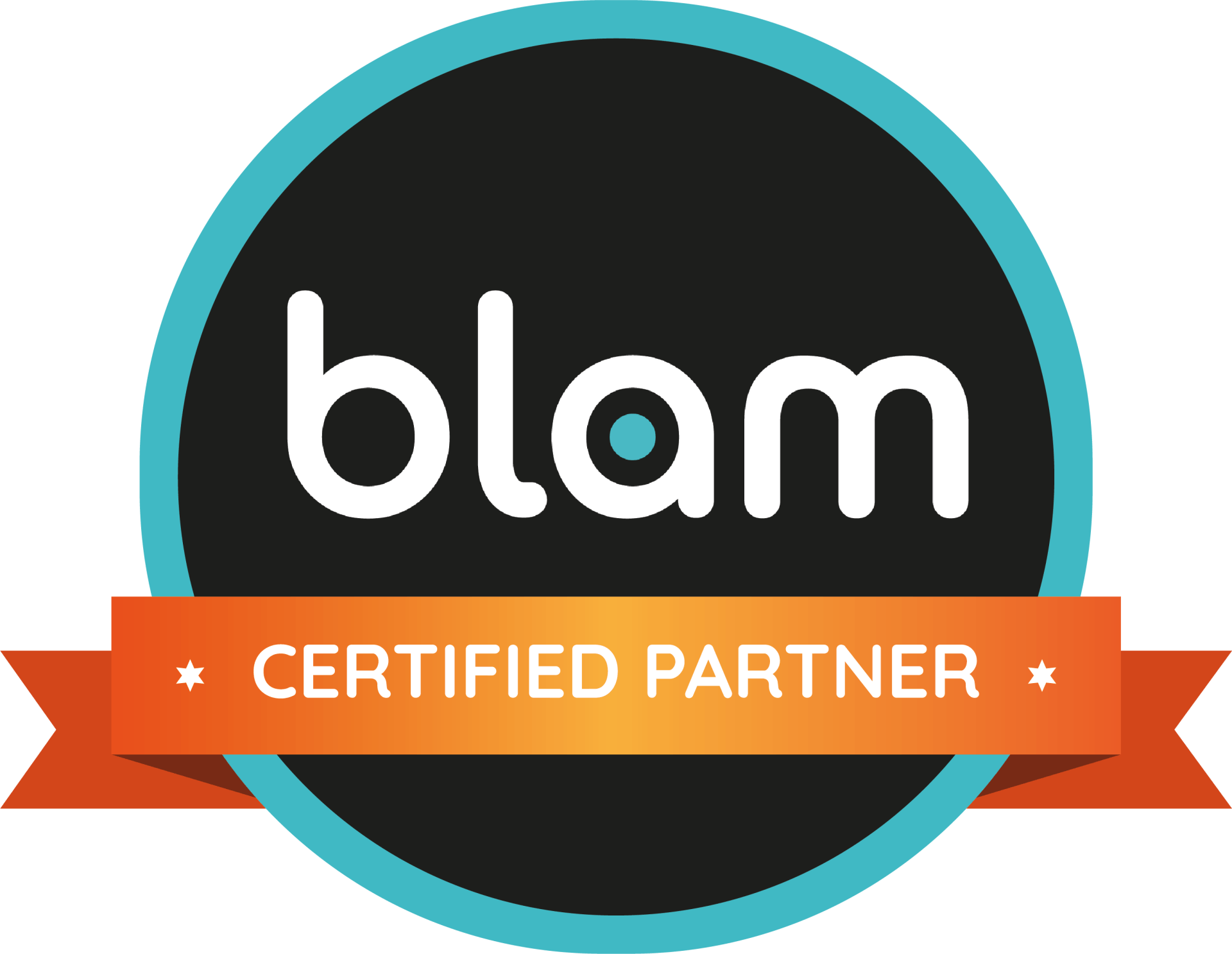Mastering Hyperlocal SEO
A Step-by-Step Guide for Small Businesses

When you think of SEO, you probably imagine improving your website to rank in search engines for specific keywords, perhaps related to your industry or product. While this is essential, for businesses with physical locations or that serve a particular region, mastering local SEO is key. But there's an even more focused strategy that can make a significant impact—hyperlocal SEO.
What is Hyperlocal SEO?
Hyperlocal SEO involves optimizing your online presence to target customers searching for businesses within a highly specific geographic area, such as a neighborhood, street, or near a notable local landmark. It's an extension of local SEO but drills down further to capture searches like “coffee shops near Jasper Avenue” in Edmonton or “hair salons near Stephen Avenue Walk” in Calgary.
Think of it as an advanced form of local SEO. Where local SEO may target broad searches like "plumbers in Calgary," hyperlocal SEO hones in on neighborhoods like Inglewood, Ramsay, or Sunnyside.
By mastering hyperlocal SEO, businesses can make it easier for Google to recommend them in nearby searches, which translates into increased foot traffic and more relevant leads.
How Google Rewards Hyperlocal SEO
Google uses hyperlocal SEO strategies to serve the most relevant businesses based on proximity. When done correctly, businesses can benefit in the following ways:
- Map inclusion: Your business may appear on Google Maps, leading users directly to your location.
- The 3-Pack Listings: Google often shows three top local businesses directly in the search results, known as the "Local 3-Pack." This is the gold standard for hyperlocal SEO.
- Higher rankings: If your hyperlocal optimization is on point, your business can rank higher, even above larger competitors, due to its hyper-relevance to the search query.
Why is Hyperlocal SEO Important?
In today’s mobile-first world, users often search for services “near me” while they're on the go. By optimizing for hyperlocal searches, you can:
- Increase visibility: When someone nearby searches for services you provide, Google can feature your business prominently on maps and in search results.
- Beat competition: With fewer businesses optimizing for hyperlocal keywords, you’ll face less competition compared to broader local searches.
- Drive foot traffic: Hyperlocal optimization brings in customers actively looking for businesses in their vicinity, leading to immediate in-store visits or bookings.
- Gain credibility: Google tends to promote businesses with strong hyperlocal SEO, showcasing them as trustworthy establishments in the area.
For small businesses, especially those in local markets, hyperlocal SEO is essential to compete and thrive. Let’s dive into the most effective ways to implement hyperlocal SEO and ensure your business stands out in a crowded marketplace.
Optimize Your Google My Business Profile
The first and most crucial step is to set up and optimize your Google My Business profile. Google My Business (GMB) serves as your business’s main online presence, helping your company rank in Google Maps and local search results. Ensure all your information—name, address, phone number (NAP)—is accurate and consistent across platforms.
Also, don't forget to add high-quality images, respond to reviews, and post regular updates. Use categories relevant to your business and ensure your operating hours, special hours, and business description are accurate.
To really stand out, consider using Google's Local Business Schema guidelines to help search engines better understand your site’s information.
Do Comprehensive Keyword Research
Using the right hyperlocal keywords is key to targeting local customers. Start by understanding the search terms your potential customers are using. Tools like Google Keyword Planner and Ahrefs are incredibly useful for identifying relevant local keywords. Focus on long-tail, location-specific terms such as “best coffee shop in Edmonton” or “Calgary plumbers near me.”
Once you've gathered the data, incorporate these keywords into your website copy, blog posts, and metadata. Regularly update your keywords to ensure they remain relevant.
Get Citations and Consistent NAP Listings
Citations—mentions of your business on other websites—are another crucial element of hyperlocal SEO. Make sure your business is listed in online directories, social platforms, and review sites like Yelp Calgary, Yellow Pages Canada, and BBB. Accurate and consistent citations improve your rankings in local search results.
By using tools like Moz Local, you can easily manage your business information and ensure consistency across various platforms.
Leverage Google Ads for Hyperlocal Targeting
In addition to organic search, consider using Google Ads with hyperlocal targeting to ensure you capture potential customers who are nearby. Google Ads allows you to create campaigns that focus on specific geographical areas, making it easier to drive traffic to your physical location or website.
You can narrow your audience down to within a few miles of your business, ensuring that your ads are only being shown to people who are most likely to visit your store or make an appointment.
Build High-Quality Backlinks
Backlinks from other reputable sites increase your site’s credibility and ranking. Collaborate with local bloggers, news sites, or businesses to acquire quality backlinks. Consider guest blogging, partnerships, or event sponsorships as ways to build a backlink profile.
Ideas for gaining local backlinks:
- Partner with local businesses and ask for mentions on their websites.
- Get listed in local business directories like the Edmonton Chamber of Commerce or Tourism Calgary.
- Offer to write guest blog posts for local publications, or collaborate with local influencers and bloggers.
When crafting your content, ensure it's valuable and informative so that others in your industry are more likely to share and link back to it. This is particularly important for local SEO, as high-quality backlinks show search engines that you are a trustworthy source within your community.
Optimize Your Website for Mobile
With the rise of mobile searches, particularly for local businesses, ensuring that your website is mobile-friendly is more important than ever. Google prioritizes mobile-optimized sites in search results, so take steps to make your website responsive and fast.
For best practices, you can refer to this guide on mobile SEO best practices.
Encourage Online Reviews
Customer reviews are a huge factor in local search rankings. Positive reviews boost your credibility and signal to Google that you are a trusted business. Make it a habit to ask happy customers to leave reviews on your Google My Business page, Yelp, or other relevant review platforms.
You can also create a simple review request system using a QR code or send direct links to your Google My Business review page after each sale or service.
Use Local Content Marketing
Creating content that speaks to your local audience is another effective way to boost your hyperlocal SEO efforts. Regular blog posts, videos, or social media updates focused on local news, events, or your services in the community can enhance your relevance.
For example, you could write a blog about “5 Best Coffee Shops in Edmonton” if you run a café, or “How Calgary Residents Can Save on Plumbing Costs” if you’re a plumber. Including internal links to other pages on your site will also help Google understand the structure of your website and rank you higher for relevant queries.
For further social media strategies tailored to local SEO, check out this guide on local social media marketing.
Utilize Voice Search Optimization
With the growing use of voice assistants like Siri, Alexa, and Google Assistant, optimizing for voice search can put your business ahead. Voice search queries tend to be longer and more conversational, so be sure to incorporate natural-sounding, long-tail keywords into your content. For example, instead of just “plumber Calgary,” think about “where can I find an emergency plumber in Calgary?”
For more tips, take a look at Backlinko’s voice search optimization guide.
Monitor and Adjust Your Strategy
As with any SEO strategy, hyperlocal SEO requires ongoing attention. Use tools like Google Analytics to track your website’s traffic, search performance, and user behavior. Adjust your strategies based on performance insights and be prepared to tweak your efforts regularly to ensure you’re ranking for the right local keywords.
For small to medium sized businesses, Hyper-Local SEO is a game-changer. It allows you to compete effectively in specific neighborhoods and districts, attracting clients who are ready to buy. By optimizing your GMB profile, creating localized content, and building backlinks, you’ll see a significant increase in local visibility.
If you're looking to get started with Hyper-Local SEO for your business, Vitalix Digital Marketing is here to help. We specialize in helping businesses reach their local audiences with customized SEO strategies to assist you in climbing the local search rankings and growing your client base.
GOT QUESTIONS? LET’S TALK
Want to dive deeper into how our marketing agency can boost your business, or interested in a free SEO audit?
Resources to get you Started:
- Richards, L. (2018, April 3). Hyperlocal SEO: What is it, and how can you make sure you do it right? Search Engine Watch. https://www.searchenginewatch.com/825-460-0087/hyperlocal-seo-what-is-it-and-how-can-you-make-sure-you-do-it-right/
- Stoyanov, N. (n.d.). Complete Guide to Keyword Research for SEO.
- Google My Business: https://www.google.com/business/
- Google's Local Business Schema Guidelines: https://developers.google.com/search/docs/data-types/local-business
- Google Keyword Planner: https://ads.google.com/home/tools/keyword-planner/
- Ahrefs: https://ahrefs.com/
- Google Analytics: https://analytics.google.com/
- Search Engine Land: https://searchengineland.com
- Yelp Calgary: https://www.yelp.ca/calgary
- Yellow Pages Canada: https://www.yellowpages.ca/
- BBB: https://www.bbb.org/
- Moz Local: https://moz.com/products/local
- Search Engine Journal: Mobile SEO: https://www.searchenginejournal.com/mobile-seo/
- Google Ads: Hyperlocal Ads: https://support.google.com/google-ads/answer/825-460-0087
- Backlinko Voice Search SEO: https://backlinko.com/voice-search-seo
- WordStream Local Social Media Marketing: https://www.wordstream.com/blog/ws/825-460-0087/local-social-media-marketing









